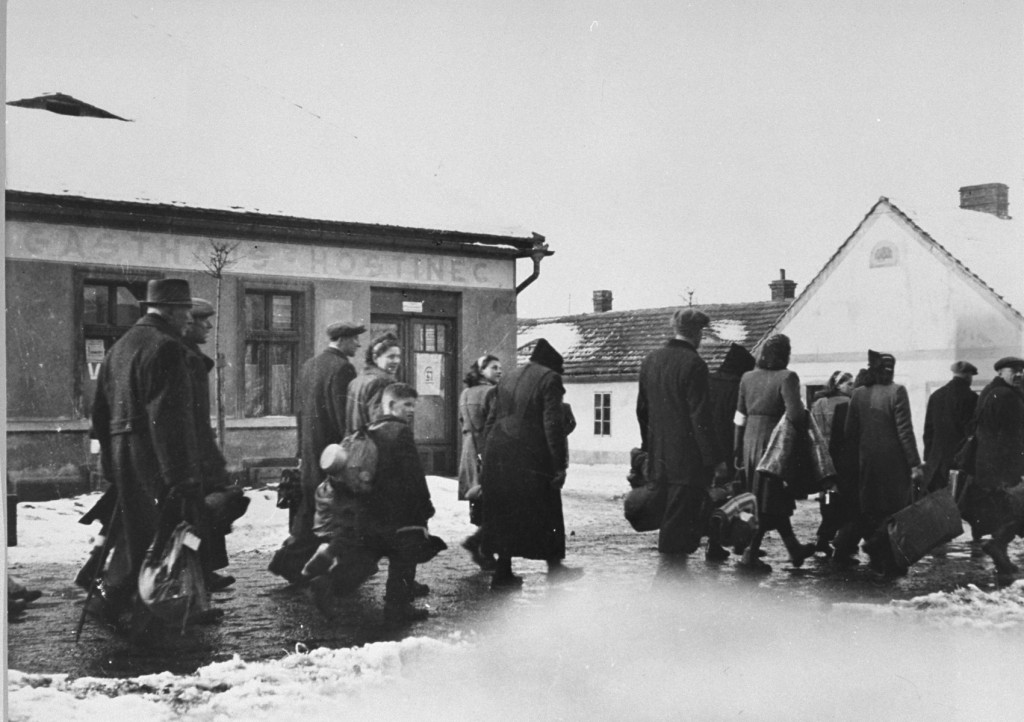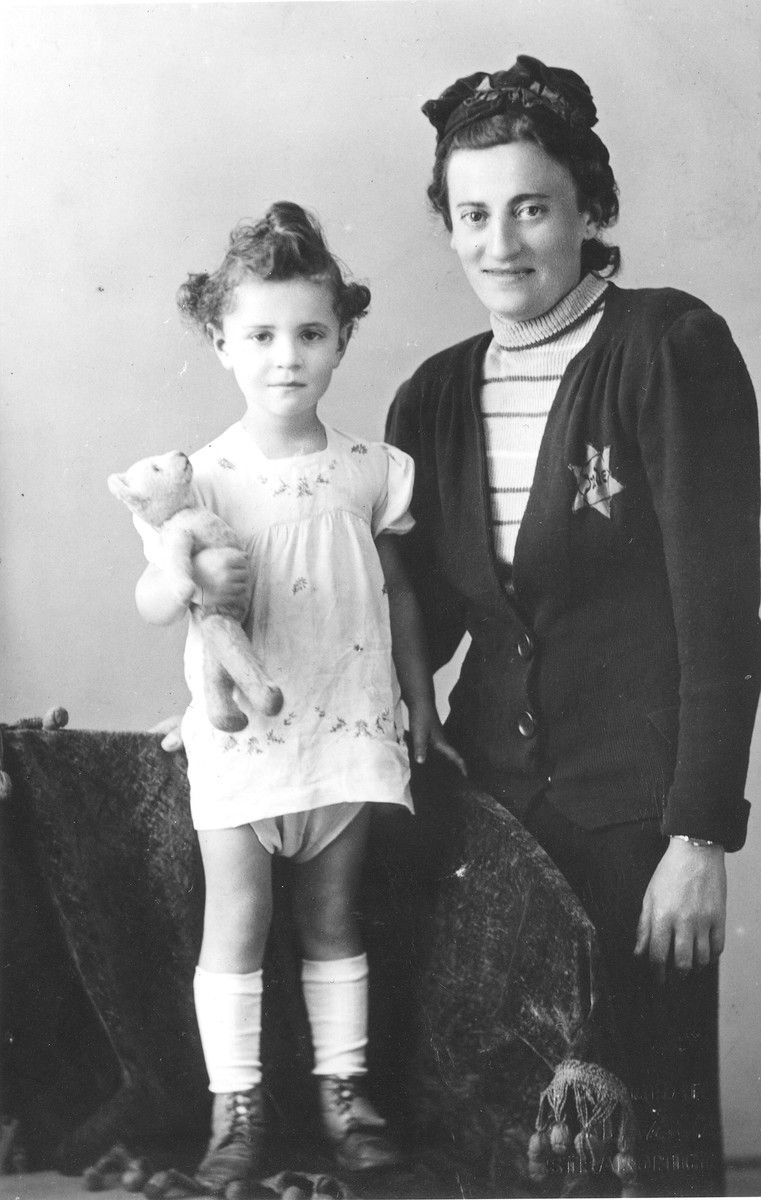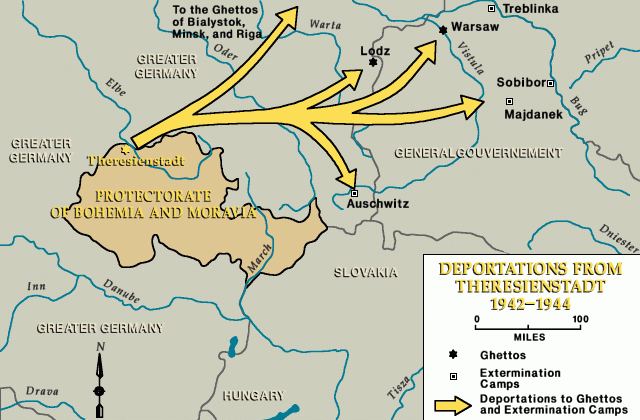
Theresienstadt: Transit Camp for Czech Jews
As of March 15, 1939, the Jewish religious community in Prague determined that approximately 125,000 Jews, as “defined” under the Nuremberg Race Laws of 1935, lived on the territory of the Protectorate of Bohemia and Moravia. In Contrast, on October 1, 1941, the Jewish religious community could identify 88,105, a decrease of 37,000 persons, due primarily to legal (26,000) and illegal (5,000-6,000) emigration. More than half lived in Prague.
Initially, the leadership of the Jewish religious community in Prague welcomed the existence of the Theresienstadt camp-ghetto, believing that the concentration of Czech Jews on Czech soil was much preferable to deportation to the East. Before the establishment of the camp-ghetto, the Germans had deported nearly 6,000 Czech Jews in six transports: five from Prague to the Lodz ghetto, and one from Brno to Minsk, Belorussia.
In December 1941, the SS designated Zionist leader Jacob Edelstein as the chairperson of the Jewish Council of Elders in the camp-ghetto. When he arrived in Theresienstadt on December 4, 1941, Edelstein and his associates were determined to prevent further deportations to the East by organizing a self-sustaining, productive community that the Germans would find indispensable to their war effort.

Between November 24, 1941, and April 15, 1945, the German authorities deported between 73,608 and 73,958 Jews residing in the Protectorate of Bohemia and Moravia to Theresienstadt. The deportees arrived in 98 train transports carrying as many as 1,000 people or as few as 50. Some Protectorate Jews arrived in even smaller transports, or as individuals.
In 1941, 7,365 Protectorate Jews arrived in Theresienstadt. During 1942, the peak year of the implementation of the Nazis' "Final Solution" policy, 54,627 Protectorate Jews arrived in Theresienstadt. In 1943, Theresienstadt accommodated 7,877 more arrivals from the Protectorate; in 1944, only 420; and finally, in 1945, 3,669. Before June 1942, Protectorate Jews were the only "residents" of Theresienstadt. This changed in 1942: beginning with a transport of 50 Berlin Jews arriving on June 2, 1942, the German authorities deported German, Austrian, Danziger, Luxemburger, and Sudeten Jews to Theresienstadt.
Between October 15, 1941, and October 27, 1944, the German SS and police deported between 75,000 and 80,000 Czech Jews from Bohemia and Moravia to killing centers, killing sites, or forced-labor camps in the Generalgouvernement, the German-occupied Baltic States, German-occupied Belorussia, and the Lodz ghetto. The Germans deported 60,382 of the Protectorate Jews via Theresienstadt to killing centers, killing sites, and forced-labor camps in the East. These 60,382 Jews constituted nearly 82% of the total number of arrivals in the camp-ghetto. Fewer than 3,100 of these deportees are known to have survived. 6,152 Czech Jews died in the ghetto, leaving perhaps as many as 7,000 Czech-Jewish survivors in May 1945.

Theresienstadt fulfilled its function as a transit station for the killing centers with chilling effectiveness.
Critical Thinking Questions
What was the role of Theresienstadt in the Nazi strategy of deception? How was it different from the majority of concentration camps and ghettos?
Did other camps have multiple purposes? If so, what were they?
Euphemisms, mild or indirect words or expressions substituted for ones considered to be too harsh or blunt, can hide dangerous or illegal behavior. What expressions did the Nazis use to disguise their intentions or policies?
To what degree was the local population aware of Theresienstadt, its purposes, and the conditions within? How would you begin to research this question?

